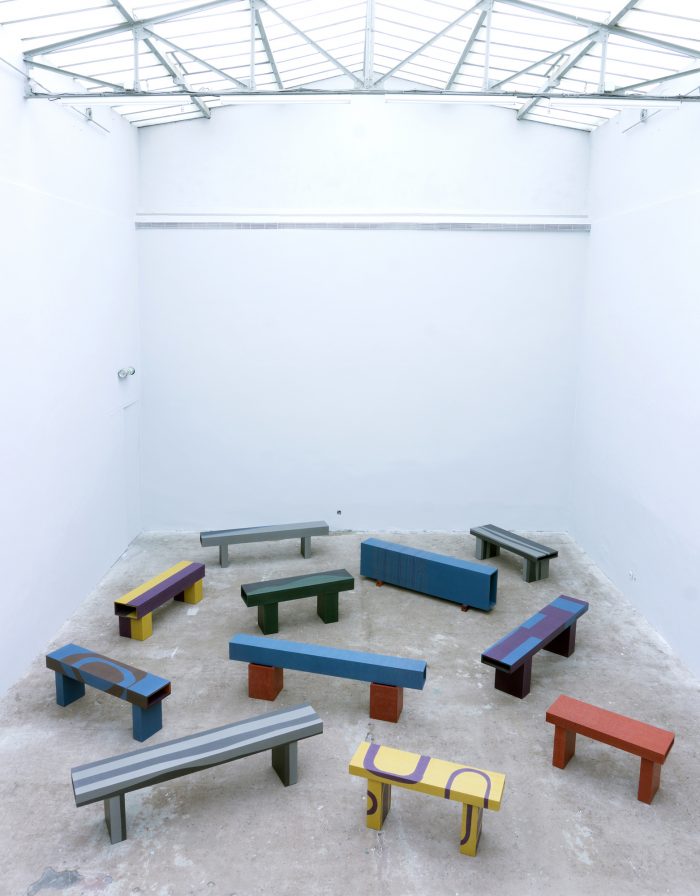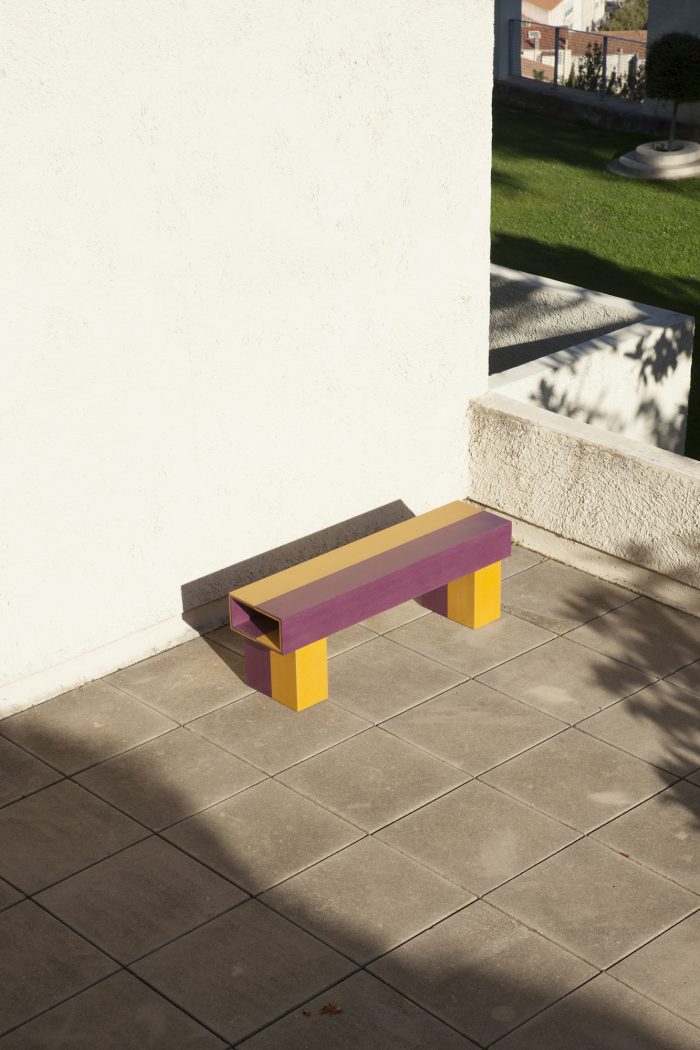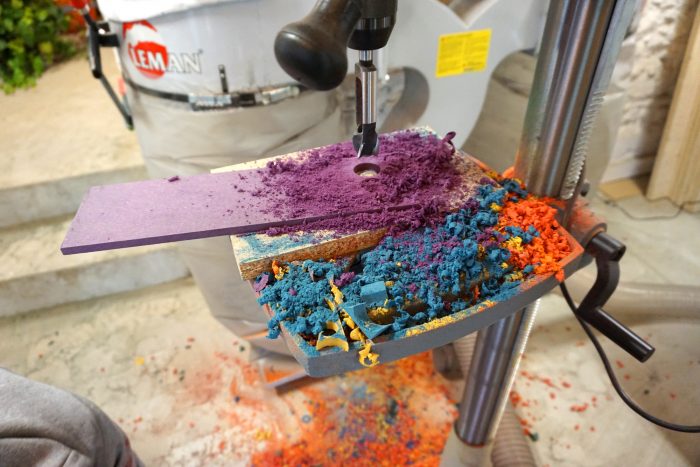
26 May 2017



Max Frommeld and Arno Mathies met at the Royal College of Art in London where they both studied Design Products. Their shared interest in functional design and folding technologies led to a series of creative collaborations. In 2012 they established their design studio, Max Frommeld & Arno Mathies, that is now based in London and Geneva. In the last four years they have worked on several self-initiated projects and collaborated with commercial clients from the automotive industry and the rental construction industry, to develop and produce a series of ‘flat pack’ design accessories that utilize plastic hinging technology. Two of their self-initiated projects, Folding Boat and Folding Sled, were nominated for the Swiss Design Awards; Folding Boat in 2013 and Folding Sled in 2014.
This year they are nominated for their design project “Panel Discussion”, that uses a single material, Valchromat – an engineered and improved version of MDF (Medium Density Fiberboard), where the designers developed benches which bring people together and encourage communal activities. This project was conducted during a residency at the Villa Noailles and presented during the Design Parade 11.
How does design change life?
The power to change life through design extends across all activities and sectors of society and its ability to change our life oscillates between the ordinary and the extraordinary. Often, design changes life in very obvious ways – for example mobile phones have drastically changed the way we communicate and fashion has defined identity for decades. However, the influence of design is most often experienced in subtle and ordinary contexts such as sitting at a table, reading a newspaper or voting in an election. Ideally, design changes life by improving the way we live and making our day-to-day activities more comfortable, efficient and nurturing.
Is good design invisible?
Good design enhances life and this can take place in an obvious or subtle way. We don’t believe good design needs to be invisible, but we strive to create products that compliment a user’s lifestyle and integrate old and new technologies.
Is design always interdisciplinary?
Unfortunately design is not always interdisciplinary and we hope this changes. Design cannot exist in isolation and often the best design products and experiences are the result of cross-disciplinary collaboration. Working closely with consumers, researchers, manufacturers and artists often results in relevant, high-quality and more considered design.
